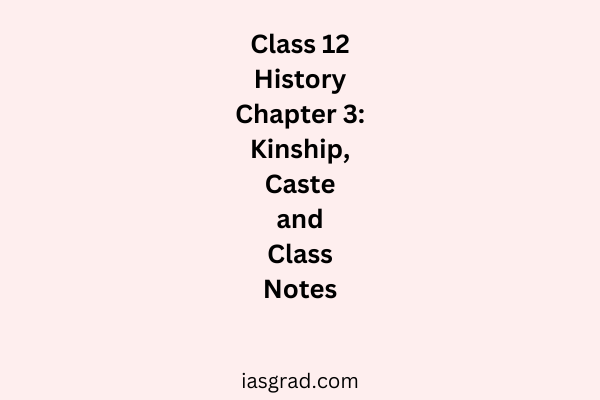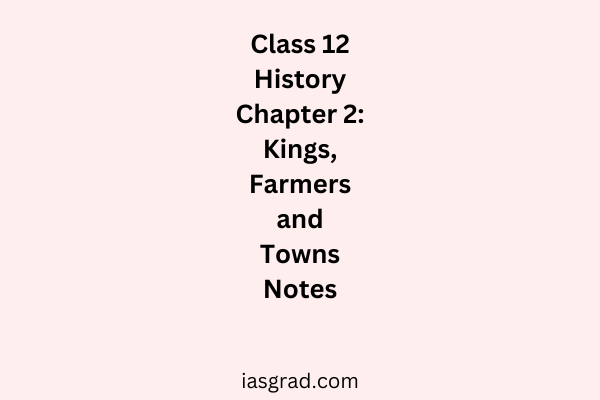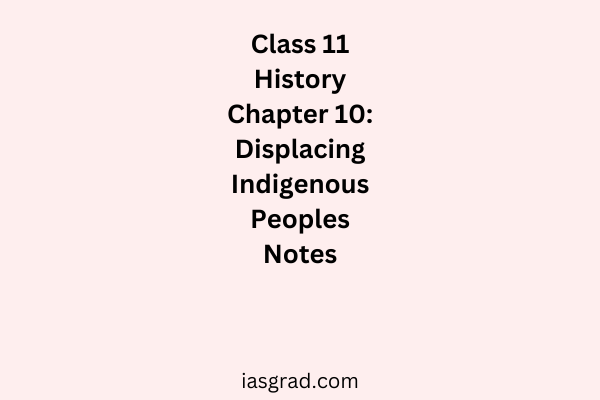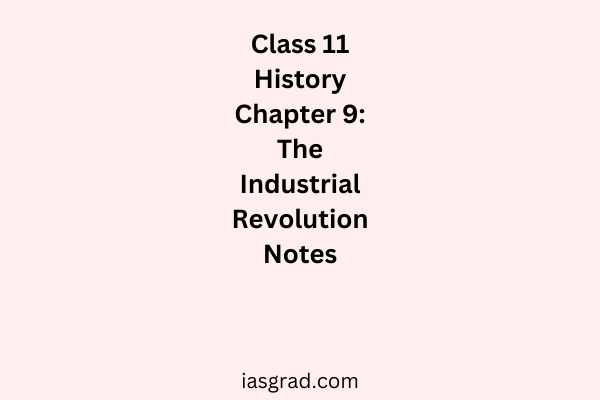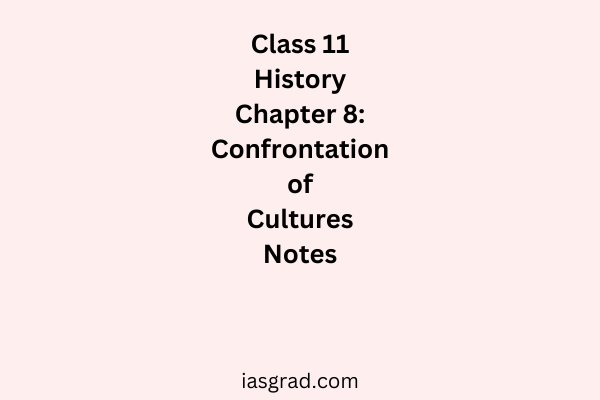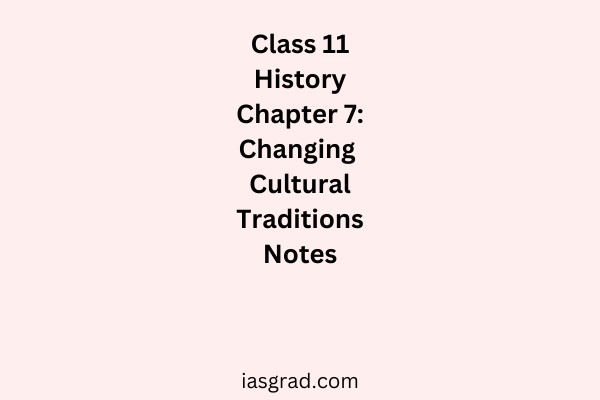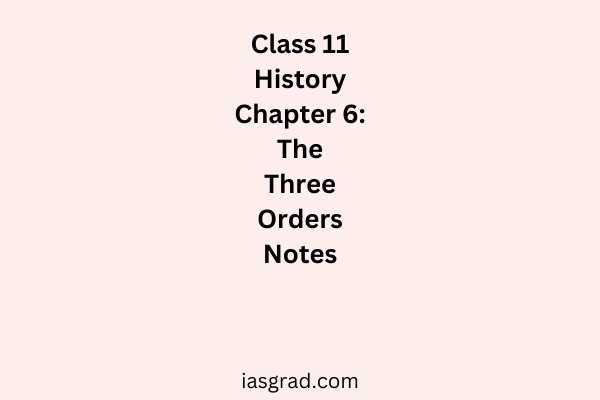Class 12 History Chapter 4: Thinkers, Beliefs, and Buildings Notes
Class 12 History Chapter 4: Thinkers, Beliefs, and Buildings Notes This chapter explores the intellectual and religious developments in India, including the rise of Buddhism, Jainism, and Vedic traditions. It examines the contributions of thinkers like the Buddha and Mahavira, along with the construction of stupas, temples, and monasteries. The chapter also highlights how architecture […]
Class 12 History Chapter 4: Thinkers, Beliefs, and Buildings Notes Read More »

